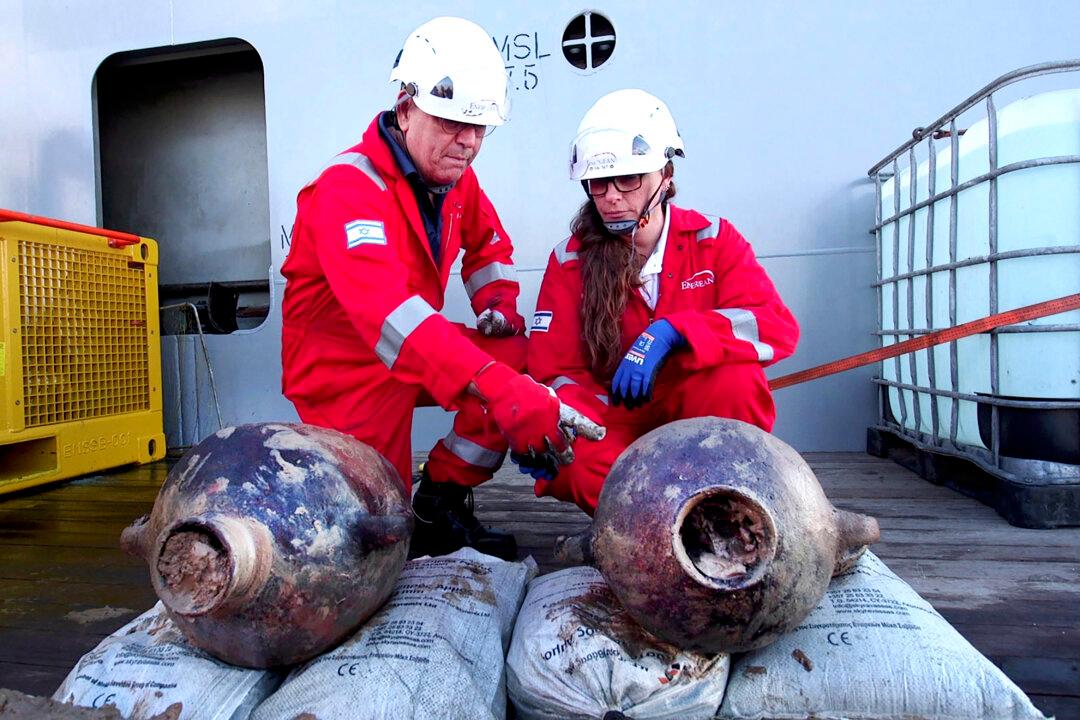A new study on climate change found problems with the United Nations’ man-made conclusion on global warming, showing that the U.N.’s climate change report ignored facts that could show natural causes.
The study by 37 researchers from 18 countries, published in the peer-reviewed scientific journal Climate, found two main areas that change the final conclusion about the cause of the slight increase in global temperatures over the past 200 years.





